Presentation
Underwent CTA of head and neck for follow-up after thrombectomy. He had no auditory symptoms.
Patient Data
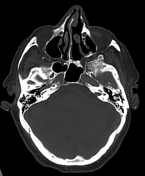

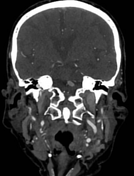

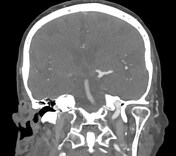
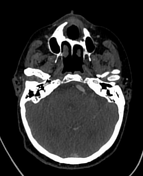

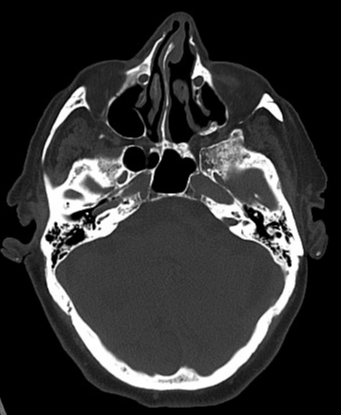
Shows dehiscense of the lateral wall of the right carotid canal. The internal carotid artery projects into the middle ear cavity, adjacent to the ossicular chain. No signs of mass, aneurysm, or vascular malformation.
The contralateral internal carotid artery has a normal appearance.
Case Discussion
This is a rare congenital variant in which the internal carotid artery reaches the middle ear cavity through an atypical pathway. It occurs due to developmental changes in the embryonic vessels.
The condition may go unnoticed unless imaging is performed. Some patients present with pulsatile tinnitus or hearing changes, but it is found incidentally in many cases, as in this patient.
Recognizing this anomaly is important to avoid serious complications during ear surgeries. Procedures such as tympanostomy or middle ear exploration carry high risk if this variant is not identified in advance.




 Unable to process the form. Check for errors and try again.
Unable to process the form. Check for errors and try again.